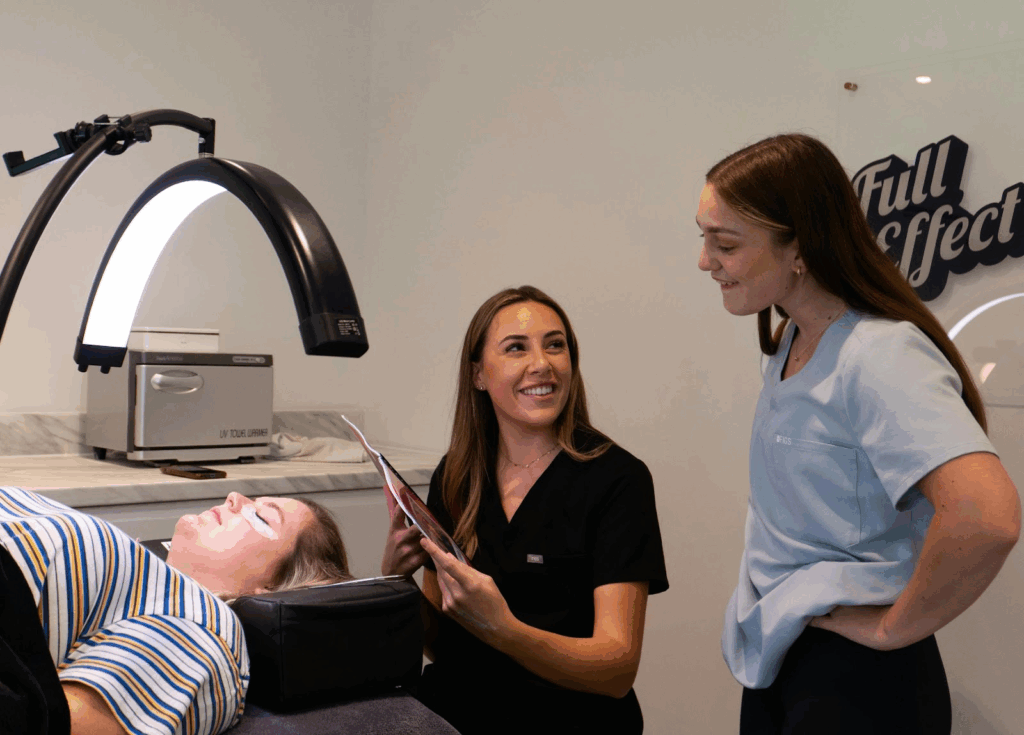
There has been an observable change in the perception of mental health treatments in the last few years. Conventional treatments like antidepressants and talking therapy do not lose their relevance. However, nowadays, numerous individuals are trying out alternatives to conventional care when they do not receive sufficient relief from them. The use of ketamine has become a point of interest as one of those options, providing an alternative to individuals who face such conditions as depression, anxiety, and post-traumatic stress disorder. Its increased popularity is prominent evidence of the interest in new approaches as well as the intention to find better solutions.
Leaving Old Perceptions.
Ketamine was formerly referred to primarily as an anesthetic in the operating room. It has had a decades-long reputation that constrained its awareness within mental health care. Nevertheless, this perception has been changed slowly by studies and clinical trials. Ketamine was found to have a rapid effect on treatment-resistant depressed patients when used in a controlled setting by health professionals. This new knowledge contributed to the fact that therapy began to be disassociated with the old stereotypes and accepted as an option in medicine.
The Appeal of Fast-Acting Results
The speed of action is one of the strongest arguments that makes ketamine therapy rise. The ketamine therapy, unlike the conventional antidepressants, may take weeks before the effect sets in, the best ketamine therapy may give tangible improvement in a few hours or days. To a person with a severe slew of symptoms, such a rapid transformation may be life changing. Although it is not always the same, and not all patients respond to it in the same way, the fact that it can provide the patient with fast relief is something that doctors and patients alike have noticed and become hopeful about.
Personalized Care and Flexibility
The alternative factor that has led to the popularity of ketamine therapy is its flexible attitude. The treatment plans may be adjusted to the needs of a person, be it through intravenous injections or nasal sprays, among other medical preparations. The treatment centers or clinics that deal with such therapies usually focus on conducive settings where patients feel that they are monitored and secure. This kind of personalization is in contrast to the standardized routines of the more classic medications that do not necessarily work the same way across the board. The feeling of compassion and adaptability has given individuals a greater disposition to consider it as a means of a mental health journey.
Expanding Access to Clinics.
The use of ketamine therapy has also risen greatly due to accessibility. It was hard to locate a clinic with these types of treatment a few years ago, other than in major cities or research institutions. Today, there has been an increase in specific centers in the country, which means that individuals will find it easier to seek services nearer to home. As the range of ketamine treatment has increased, the debate over the most appropriate ketamine treatment has entered mainstream healthcare debates. What appears to be the experimental aspect is becoming part of the wider mental health service scene.
Public Awareness and Media Coverage
The interest has also increased due to the contribution of the media. Both science and individual stories related to ketamine treatment have been brought into the limelight by the articles, documentaries, and interviews with medical experts. Greater visibility has served to decrease the stigma that used to surround the treatment. Along with the release of more information, the population is getting a clearer image of how ketamine can be used safely and for its intended purpose. Clinic and medical organization awareness campaigns have also aided this change and provided people with the assurance to approach their doctors and inquire whether it can be right for them as well.
Conclusion
With mental health remaining a crucial component of overall health, treatments, such as ketamine, are changing the nature of treatment. Popularity increase does not only indicate a trend, but a more significant cultural change toward the adoption of innovative solutions. As additional studies continue and additional clinics provide these services, there is a possibility that ketamine therapy will be even further incorporated into mainstream care in the future. At this point, it is one of the options that provides a new feeling of possibility to many people whose other avenues have failed.
